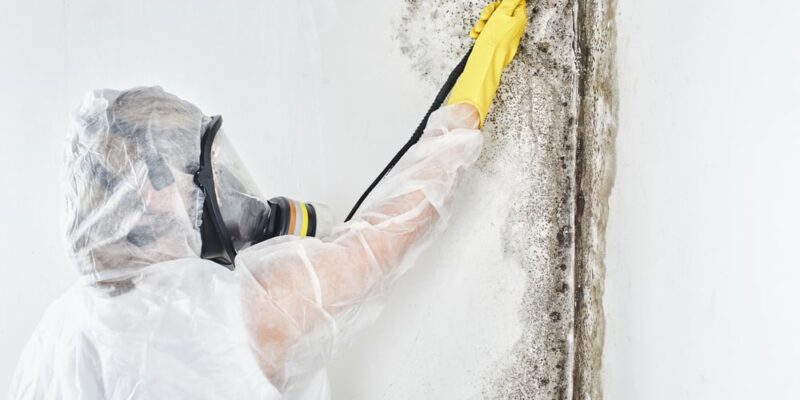
Mold can wreak havoc on property and bring unwanted health issues, such as watery eyes, a runny nose, or congestion. Luckily, there are tools available to combat this problem.
The first step is identification. This includes locating the area and isolating it from areas that haven’t been affected. This is done to prevent cross-contamination.
1. Identification
The first step in mold removal Springfield MA is to identify the type and extent of the growth. This includes careful inspection and testing.
Professionals also assess the damage caused by the mold, and recommend any repairs. They must be able to find and fix problems that led to the growth, such as water or leaks and poor ventilation.
Mold is a serious problem that can cause a wide range of health and structural issues in homes. The best way to control it is with a comprehensive moisture management strategy.
In the short term, that means promptly cleaning up and drying wet materials (including carpeting, flooring, drywall) and repairing any damage. This is critical because mold spores spread quickly. The longer the mold grows, the more spores are released into the air and the more widespread the contamination becomes. This is especially true of certain species of mold, such as Serpula lacrymans, which draw water and grow very rapidly on dried wood.
2. Cleaning
Before any mold cleaning is done, the source of the contamination must be addressed. This involves repairing water damage and creating an environment that is inhospitable to future mold growth.
The cleaning process includes removing any materials that are infested with mold and then washing or wiping them down with commercial cleaners containing mold killing agents. Non-porous surfaces like drywall and carpet are usually easier to clean than porous materials like wood or tiles.
Once all the surfaces are cleaned, they must be dried. This can be accomplished with simple ventilation or dehumidifiers, although expert companies will often use fans and negative air controls to speed up the drying process.
In addition to eliminating airborne mold spores, the contaminated area should also be sealed off with plastic sheeting so that spores don’t spread to other parts of the home. Once the area is sealed off, mold experts may also perform a more thorough cleaning of contaminated areas, followed by replacing drywall or other materials that have been ruined by the mold.
3. Remediation
Mold remediation involves removing mold, eliminating the water source for future growth and preventing new mold outbreaks. To do this, professionals remove all wet materials that are contaminated with mold, which can include porous items such as drywall, carpeting and fabric-covered furniture. They also sanitize and disinfect the area with special cleaners.
The extent of the contamination determines how extensive the remediation is. A surface mold may require a more aggressive approach than the less toxic spores of Serpula lacrymans that grow on wood.
Homeowners will usually not need to move out of their homes during this process, unless the mold is in the basement or crawlspace. In those cases, technicians will isolate the contaminated area and seal it to prevent spores from spreading throughout the house. They will also repair any water damage to prevent the return of the moisture that caused the original mold problem. A mold sample will be taken at this point, if needed.
4. Restoration
Assuming the mold has been successfully removed, a final step is to restore affected areas. This includes replacing rugs and drywall where necessary. It also involves addressing a contaminated attic and heating and air conditioning ducts.
The extent of the mold problem determines how much this step will cost. If the problem has spread, removing drywall and framing can become expensive.
Warranty representatives need to learn how to assess the situation to figure out the full extent of the mold contamination. This requires more than simply looking at what’s visible, since mold often grows behind or around what’s obvious.
Once the mold has been removed, it’s important to address the situations that led to the mold growth in the first place. This might mean correcting humidity levels, repairing leaks, or limiting organic material that provides places for mold to latch onto. This will help prevent the mold from regrowing once it’s been removed. It might even prevent future occurrences of harmful mold growth.











